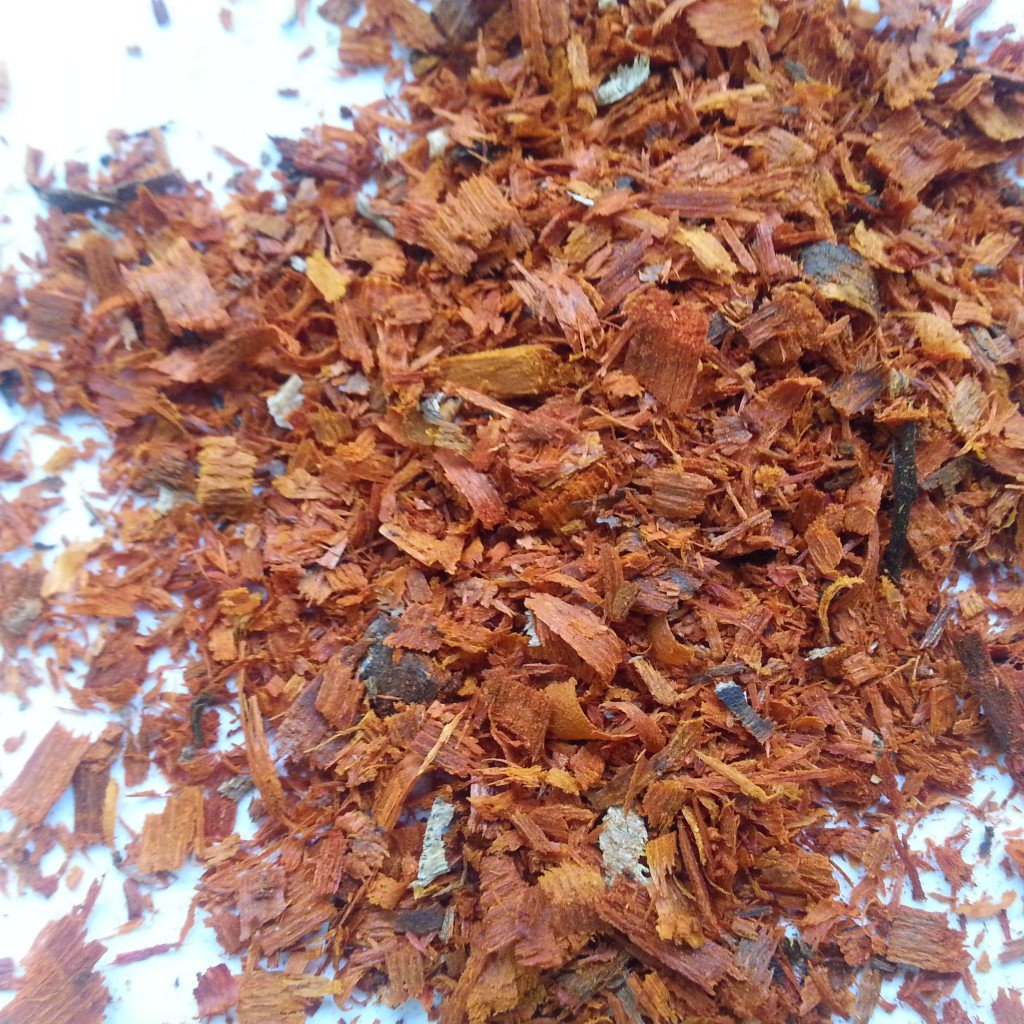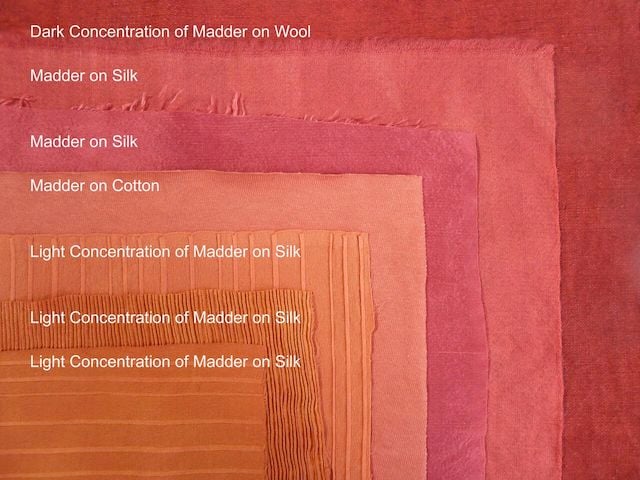
Image: Honest Alchemy
Each week, we are emailed with questions from our natural dye community asking simple and complex questions that we thought might be worth sharing. Here are a handful from this week answered by natural dyer in chief, Kathy Hattori, Founder of Botanical Colors:

I am dyeing logwood on wool and only getting a brown color-what is happening?
The rich purple color from logwood can be affected by cream of tartar. If you normally mordant with cream of tartar, try omitting it in the mordant process. You may also enhance logwood by adding a pinch (less than 1/8th teaspoon) of dissolved soda ash and/or calcium carbonate to the dye bath, stir well, then add your fiber. This works for both cellulose (plant) and protein (animal) fibers.
How hot does the dye bath need to be before I add my fibers?
We like to add fabric or yarn to a cold dye bath. Let it soak cold for 10 minutes while gently rotating the goods, then gradually bring the temperature up to 130F, again while gently rotating the goods. This allows the dye to strike more evenly. Adding fabric or yarn to a very hot dye bath (above 120F) often results in unevenness, streaking and “hot spots.”
I want to get a deep, rich red from madder root. I am only getting orange. How do I do this?
Different varieties of madder contain varying amounts of the colorant that produces red. Rubia cordifolia, or Indian madder, or munjeet, tends to create a more orange shade. Rubia tinctorum, or Turkish madder, has more of the red spectrum. Botanical Colors powdered madder extract is a blend of the two madder varieties. Our whole madder root is Rubia tinctorum and the ground madder root is Rubia cordifolia.
The red shade in madder develops with the addition of calcium carbonate in the dye bath. Add about 1 teaspoon per pound (or 1%) that has been dissolved in hot water, stir well and then add your goods to the dye bath. If the color is still too orange, remove your fibers, add about ½ teaspoon (or .5%) soda ash to the dye bath, stir well to dissolve and then add your fibers into the bath. Rotate gently but frequently to avoid spots and unevenness.
To shop our natural dyes, go here.

